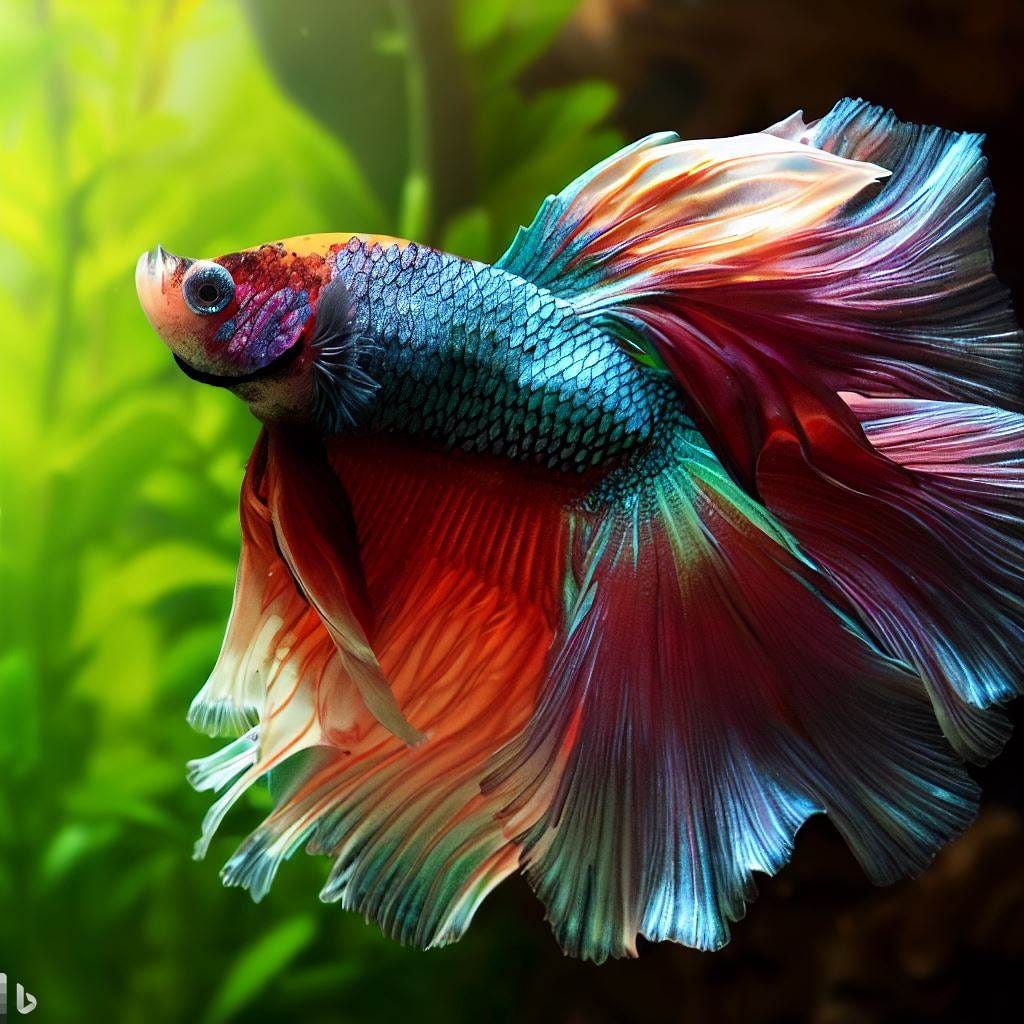Comprehending Betta Fish Actions: What Every Proprietor Ought To Know
Comprehending Betta Fish Actions: What Every Proprietor Ought To Know
Blog Article
How to Reproduce Betta Fish Effectively: Expert Strategies and Insights for Hobbyists Seeking To Increase Their Betta Collection
Breeding Betta fish calls for a nuanced understanding of genes and environmental conditions, making it important for enthusiasts to come close to the process with both diligence and treatment. Creating an optimum breeding setting, picking the best pairs, and observing the intricacies of their courtship behaviors are foundational steps that can dramatically affect the outcome.
Understanding Betta Fish Genes
Understanding the genetics of Betta fish is essential for successful reproduction, as it influences attributes such as shade, fin shape, and actions. Betta fish show a varied array of shades and patterns, mostly identified by their genetic make-up.
Along with coloration, fin morphology is an additional substantial facet of Betta genes (betta fish). The sizes and shape of fins are influenced by numerous genes, including those that figure out whether the fins are brief, long, or veil-shaped. Understanding these genetic variants aids dog breeders anticipate the phenotypic results of their offspring
Additionally, behavioral characteristics such as aggression and territoriality can likewise be influenced by genes. These habits play an essential function in the reproducing procedure, as they can impact spawning success and the overall temperament of the resulting fry. By adequately comprehending these genetic concepts, breeders can make enlightened choices, ultimately improving their breeding programs and attaining preferable results.
Preparing the Reproduction Setting
Producing an ideal reproduction setting is vital for the effective reproduction of Betta fish. The very first action in preparing this setting is to select a suitable reproduction container, ideally varying from 5 to 10 gallons.
Following, take into consideration the use of a sponge filter or an air stone to provide gentle water blood circulation without developing strong currents that can stress the fish. It is important to set up plants or breeding cones to use concealing places and advertise convenience for the lady throughout the spawning procedure. Floating plants, such as Java moss or water sprite, can additionally create an extra natural surroundings while helping with bubble nest structure by the male.
Before introducing the reproducing pairs, make sure the water is conditioned and without damaging chemicals, such as chlorine or hefty steels. betta fish. Regular water changes need to be carried out to maintain optimal water top quality, improving the chances of effective breeding. With these preparations in position, the reproducing environment will certainly support the health and wellness and well-being of both Betta fish
Choosing Breeding Pairs
Picking the best breeding sets is essential for attaining effective Betta fish reproduction. When choosing your reproduction sets, think about numerous key variables including wellness, temperament, and genes. Healthy Betta fish show vibrant colors, clear eyes, and energetic actions. Choosing fish that are without illness ensures a better possibility of generating practical spawn.
Personality is an additional vital factor to consider, as Betta fish are recognized for their hostile nature. It is advisable click now to pick a man and lady that display compatible characters to lessen stress and anxiety throughout the breeding procedure. A tranquil male can encourage a smoother courtship, while a female that is also hostile may interrupt the process.
Hereditary history also plays a substantial function in the high quality of the offspring. Breeding fish that are genetically varied can minimize the risk of genetic health and wellness problems and boost the overall vitality of the fry. It is helpful to research the lineage of both the male and woman, official site concentrating on preferable traits such as fin kind, color scheme, and dimension.
The Breeding Process
The reproduction process of Betta fish needs cautious preparation and attention to information to make sure an effective outcome. It is crucial to prepare an ideal reproduction storage tank, ideally a 5-10 gallon aquarium with a temperature preserved at 78-80 ° F. The storage tank ought to be geared up with a heating system, filter (preferably sponge kind to stay clear of solid currents), and a lot of marine plants for the woman to hide.
When the environment is set, introduce the chosen reproducing set to the storage tank, enabling them to adapt. Observe their behavior; the man will display sophisticated courtship routines, including flaring his fins and building a bubble nest. If the lady reveals rate of interest, she will present vertical red stripes suggesting readiness for spawning.
When the woman is receptive, both will take part in a breeding accept, throughout which the male feeds the eggs. It is crucial to check their interactions very closely, as the male may come to be aggressive. After spawning, get rid of the woman to prevent possible harm. The male will certainly have a tendency to the eggs, which normally hatch out within 24-36 hours. Preserving optimum water conditions throughout this period is crucial for the development of healthy and balanced Betta fry.
Caring for Betta Fry

Feeding Betta fry is crucial, as they require a diet plan high in protein. Originally, they can be fed infusoria or liquid fry food, transitioning to carefully smashed high-grade pellets as they grow. Feed little sections multiple times a day click site to motivate healthy and balanced growth without overloading the storage tank with uneaten food.

As they develop, monitor their growth closely and divide any kind of hostile individuals to stop injury. By offering a supporting setting and correct nutrition, hobbyists can efficiently raise Betta fry into lively, healthy and balanced fish, inevitably boosting their reproduction endeavors.
Final Thought
Effective Betta fish reproduction requires precise attention to genetic selection, ecological problems, and care for the fry. By recognizing the genetics of Betta fish and preparing an ideal reproduction atmosphere, hobbyists can boost the possibilities of generating dynamic, healthy and balanced offspring.
Report this page